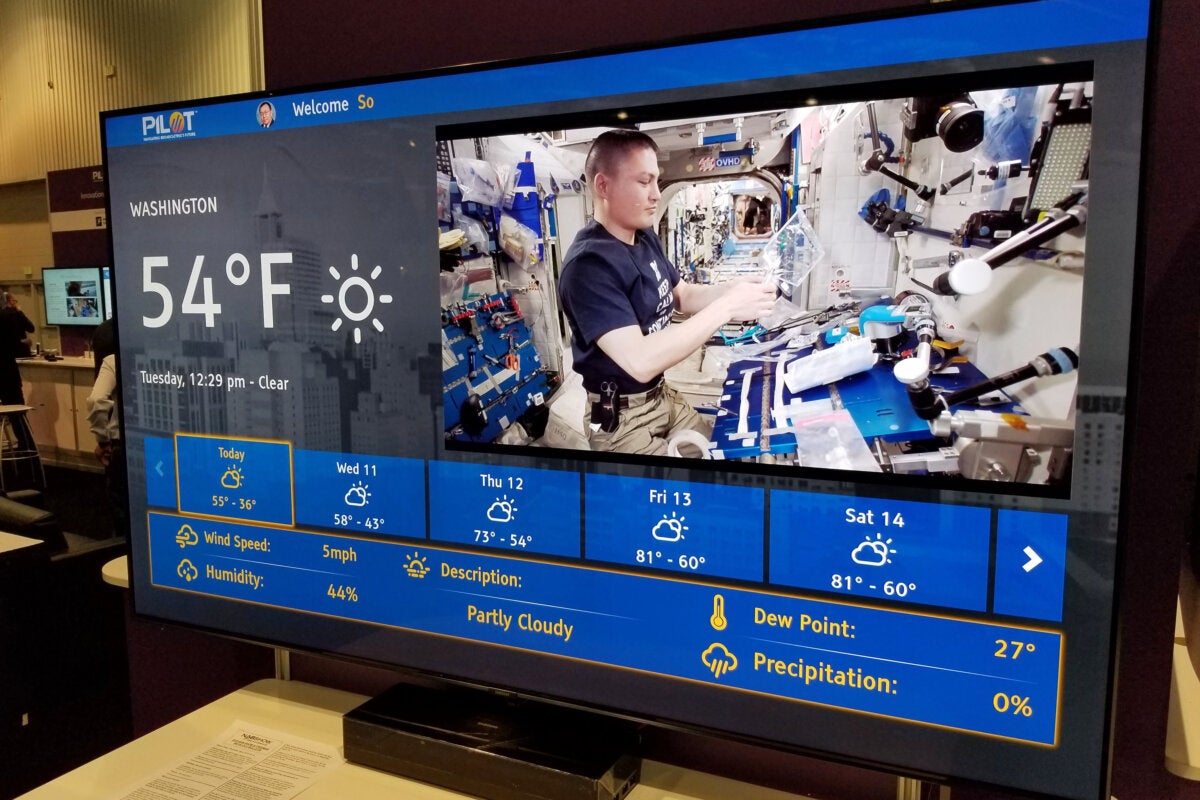
ATSC 3.0 TUNER TV TV
The opens up a wide range of new capabilities never offered by traditional TV before. That connectivity adds an extra dimension to the ATSC 3.0 system, allowing for a dedicated return channel – an active stream of data back to the broadcaster, which makes the new broadcast system a two-way IP-based standard. One of the biggest changes coming with ATSC 3.0 is a pairing of over-the-air broadcast and internet connectivity. The multiple audio streams will also offer customization options, such as multiple languages and video-description services for the visually impaired. The older ASTC 1.0 standard supports 5.1 surround sound, but the 3.0 NextGen TV system allows for up to 7.1.4 channel support and formats like Dolby Atmos can be offered over the air. These are both multichannel audio formats, with support for surround-sound multi-speaker setups and even 3D object-oriented sound for a much more immersive audio experience.
ATSC 3.0 TUNER TV FULL
This widespread availability of 4K, HDR-enabled content will also allow more people to take advantage of current 4K TVs, where full resolution media is mostly limited to Blu-ray disc or a handful of streaming sources.Īudio quality is being improved, with support for Dolby AC-4 and MPEG-H 3D Audio formats. The 3.0 standard also adds wide color gamut data and high dynamic range (HDR) metadata, which will make for better viewing, with a deeper picture that has bright highlights, rich shadows and a wider range of colors to work with. In addition to higher resolutions, the new broadcasts can also support higher frame rates, up to 120 frames per second – twice the rate that the common 60Hz refresh rate can handle. Ultra-HD 4K resolution TV programming is planned for the 2020 rollout, and even 8K resolution is a possibility within the new standard.


The same H.265 and MPEG-H Part 2 codecs used by online media companies like Netflix can now be shared over the airwaves, letting TV stations broadcast in 4K. It pairs that efficiency with modern video formats. The new standard also packs much more data into the broadcast signal, ramping up from the single static 19.4 Mbps bitrate of the ATSC 1.0 standard to a variable bitrate of up to 57 Mbps using the same airwaves. It's a much more robust method for transmitting digital information, and when combined with the switch back to UHF, it will let local TV stations offer a clearer signal with broader reach and fewer interference issues. With ATSC 3.0, broadcasters are switching back to UHF and moving to orthogonal frequency-division multiplexing (OFDM), the same technology behind the latest Wi-Fi and mobile wireless technologies. The VHF band used is prone to interference from buildings and trees, weather and even passing cars, and the digital data it sends is easily corrupted, which shows up on your TV as a blocky, unwatchable picture, or even just a "no signal" message. One of the biggest issues with ATSC 1.0 is that the digital signal is fairly fragile. With connectivity allowing interactive features, customizable content and addressable advertising, the broadcast world is about to look a lot more like the streaming world, and that will shake things up considerably on the business side.īut let's look at what it means for viewers first. It also could present the first major shift in the one-to-many model of broadcast distribution.
ATSC 3.0 TUNER TV UPGRADE
The switch to ATSC 3.0 is the first major upgrade to broadcast standards since that 2009 switch, but unlike the move to digital, which introduced minor changes to the actual content and viewing experience, ATSC 3.0 opens the door to several significant changes and enhancements. Today, video is much more than traditional broadcast TV, with online streaming, smart TVs running apps and people viewing movies and shows on a wide range of devices. But that digital switch over was based on standards developed back in 1995, and the world of media consumption is drastically different than it was 26 years ago.


 0 kommentar(er)
0 kommentar(er)
